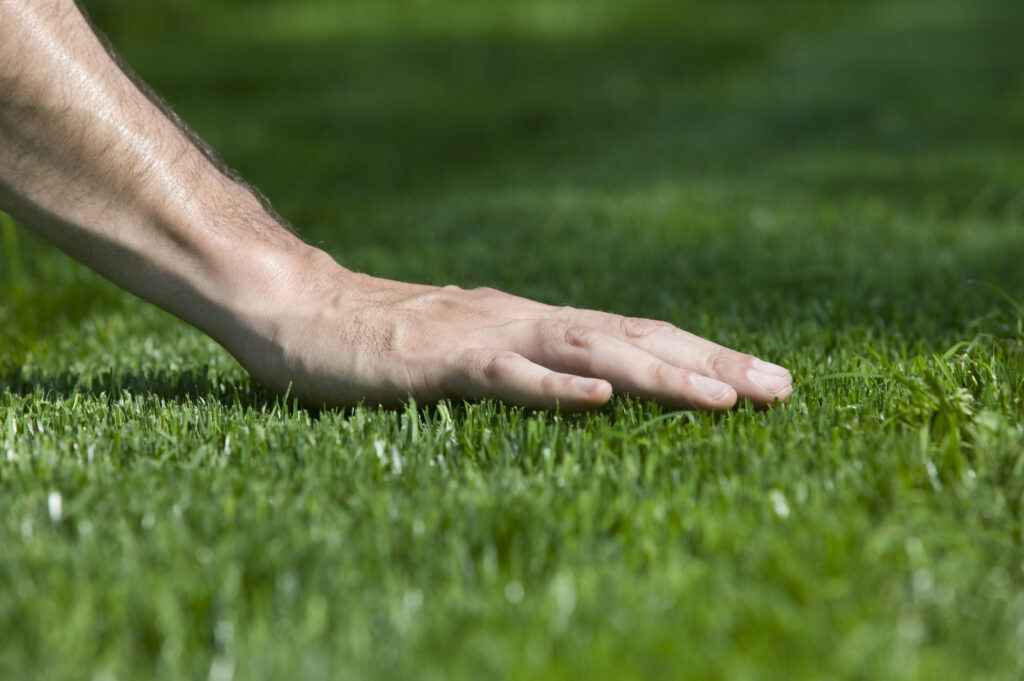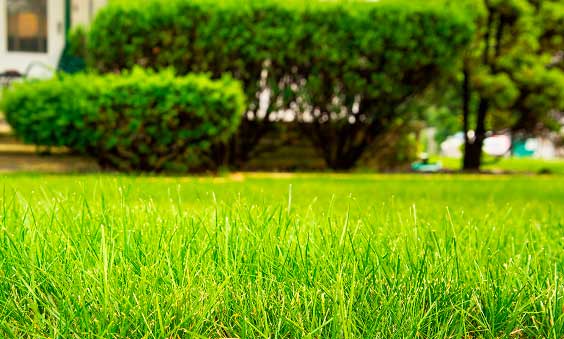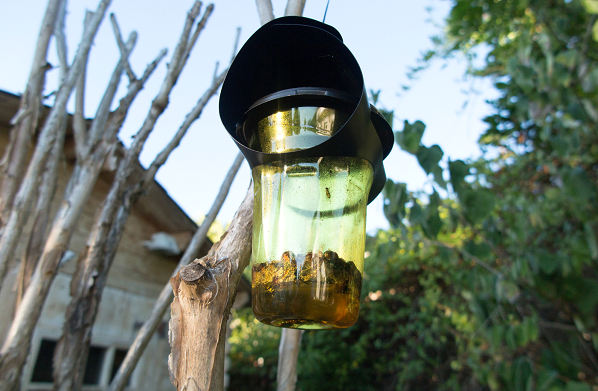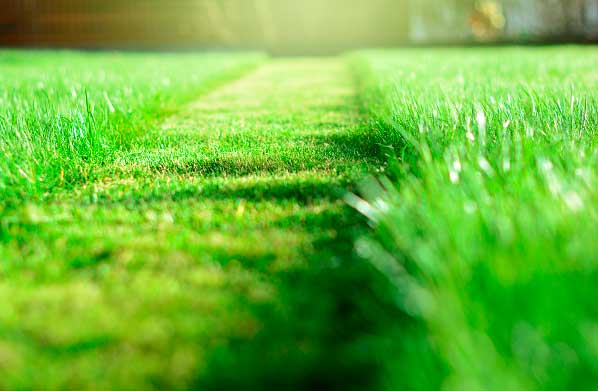Bermudagrass Myths, Strengths, and Weaknesses
Bermudagrass is often referred to as “The Sports Turf of the South” because of its resiliency and notoriety for indestructibility. It is known as the go-to grass type for golf courses, sports fields, and lawns around the world.
However, there are myths about bermudagrass and misconceptions about its strengths and weaknesses, even with its infamous reputation. To truly grasp the nature of bermudagrass, it is helpful to dispel the myths and understand this fascinating grass type’s real strengths and weaknesses.

Bermudagrass Myths
Humans inevitably have a love-hate relationship with bermudagrass. For some, it provides a thick, hearty turf for sports play or lawn cover. For others, it is a nuisance that shows up in sidewalks and driveway cracks, proliferates flower or vegetable beds, kills other grass types, or makes animals sick. These beliefs need to be clarified.
Here are a few of the myths:
- Bermudagrass is indestructible and never dies.
- Bermudagrass prevents other grass types and seeds from growing.
- Bermudagrass is a weed.
- Bermudagrass causes colic in horses.
Bermudagrass is not indestructible, and it can die. It does not prevent other grass types from growing, but rather it provides a protective canopy for the seeds to grow safely. Finally, while it is considered a weed type in some states, it does not cause colic in horses or other animals.
When deciding what to do with bermudagrass on your property, you need as much accurate information as possible. Holding onto the truths about bermudagrass myths, it is also essential to understand its strengths and weaknesses.
Bermudagrass Strengths and Weaknesses
Bermudagrass has many strengths and weaknesses. Depending on your property and needs for turf usage, you should consider this grass type’s characteristics, benefits, and downsides.
These are a few of the strengths and weaknesses of bermudagrass:
Strengths
- Drought tolerant
- Heat tolerant
- Deep rooting
- Durable
- Quick growth
- Foot traffic tolerant
- Highly digestible for animals
- Recovers quickly from overgrazing
Weaknesses
- Not extremely shade tolerant
- Requires medium to high fertilization
- Crawls into driveways, concrete cracks, and flower beds
- Dormant in colder winter weather reaching 50 degrees or below
- Susceptible to Bipolaris Leaf Spot disease and other diseases and pests
Thinning Growth in Shady Areas
Because bermudagrass does not grow well in shaded areas, you may want to consider other options. One alternative to obtaining the best turf coverage is to replace bermudagrass with grass types that do well in the shade, such as St. Augustine or Zoysia.
Bipolaris Leaf Spot
Bipolaris Leaf Spot is a chronic fungal disease that can strike bermudagrass during cooler weather like spring and fall. For instance, sudden warm periods during damp conditions, such as February, are conducive to an outbreak.
However, there are ways to manage Bipolaris Leaf Spot disease in bermudagrass to reduce the damage it may inflict on your turf. You can control the effect and help your grass recover.
These are a few things you can do:
- Irrigate excess water off the turf, increasing drainage.
- Increase the height of your mowing blades.
- Reduce foot traffic in the affected area.
- Clear dew from grass blades.
- Apply preventative solutions to the turf.
Preventative solutions should begin in the springtime with follow-up applications as the weather allows. Fungicides also need to be rotated with applications because they perform with different protections and resistances. Be sure to read the instructions because each fungicide requires different rotation requirements.
After evaluating the truth behind the myths and the strengths and weaknesses, you have the information to decide what to do with your bermudagrass. When you determine to keep it, it is essential to understand how to care for the turf and keep it healthy and looking great on your property.
How to Care for Bermudagrass and Keep it Looking Great
The best growth of healthy bermudagrass requires little effort compared to other grass types. There are different types of lawn care needed at different times of the year, and it is good to know the basic actions to care for bermudagrass and keep it looking great.
Here are a few things to optimize bermudagrass growth and health:
- Ensure it has direct sunlight.
- Mow at least one inch or higher.
- Apply fertilizer at 1-1.5 lbs. of nitrogen each month.
- Dethatch the turf.
- Irrigate and drain excess water.
- Water according to soil type.
- Reduce stress by eliminating armyworms, cutworms, sod webworms, or white grubs.
- Treat for Bipolaris Leaf Spot, spring dead spots, dollar spots, and brown patches as needed.
- Read labels on all herbicides, fungicides, insecticides, and other chemical treatments.
Get Professional Bermudagrass Advice
At Abracadabra Lawn Pest & Weed Control, we provide advice and service for all your lawn care needs, including any issue with bermudagrass. We can help. Contact our office today.



